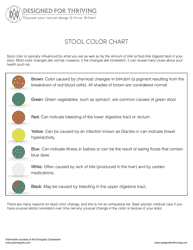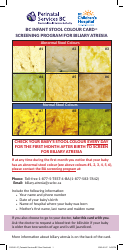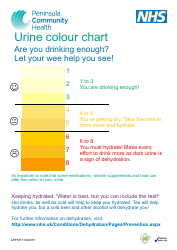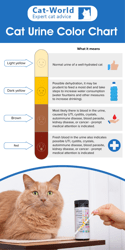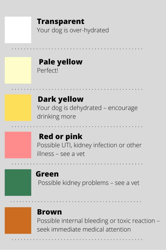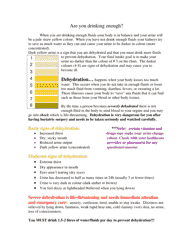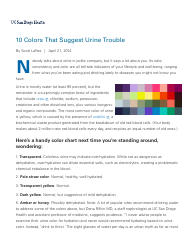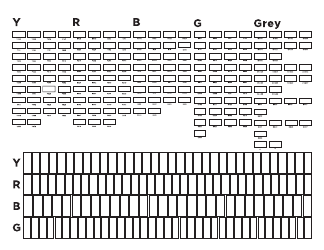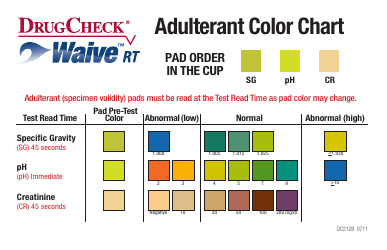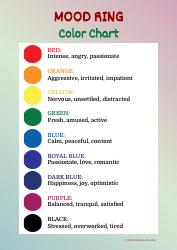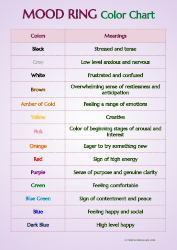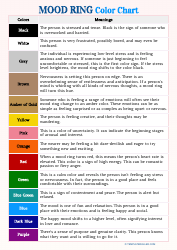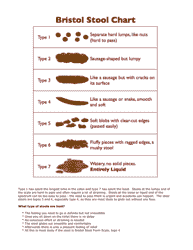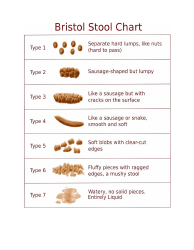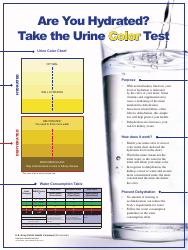Stool Type and Color Chart
The Stool Type and Color Chart is a visual guide that helps individuals understand the different types and colors of stool and what they may indicate about their health. It can be used to monitor changes in bowel movements and identify potential digestive issues.
FAQ
Q: What is a stool type and color chart?
A: A stool type and color chart is a visual guide that categorizes different types of stools based on their appearance and color.
Q: Why is a stool type and color chart helpful?
A: A stool type and color chart can provide valuable information about a person's digestive health and identify potential issues.
Q: What are the different types of stools?
A: The different types of stools include: type 1 (hard and separate lumps), type 2 (sausage-shaped with lumps), type 3 (sausage-shaped but with cracks), type 4 (smooth and snake-like), type 5 (soft blobs with clear-cut edges), type 6 (mushy consistency), and type 7 (watery and entirely liquid).
Q: What do different stool colors indicate?
A: Different stool colors can indicate various things. For example, yellow or greasy stools may suggest issues with fat digestion, while black or tarry stools can be a sign of bleeding in the upper digestive tract.
Q: Should I be concerned if my stool color is abnormal?
A: If your stool color is consistently abnormal and you are experiencing other symptoms, it's a good idea to consult a healthcare professional for further evaluation.
Q: Can diet affect stool color?
A: Yes, diet can impact stool color. Certain foods, such as beets or food coloring, can cause temporary changes in stool color.
Q: When should I seek medical attention regarding stool color?
A: You should seek medical attention if you notice persistent or unexplained changes in stool color, especially if accompanied by other concerning symptoms like abdominal pain or blood in the stool.







